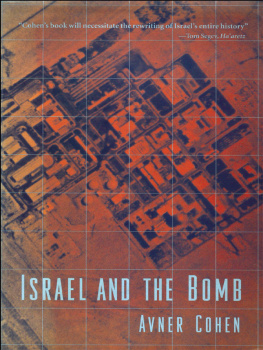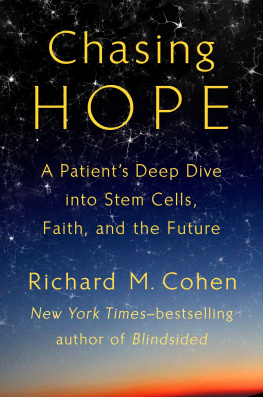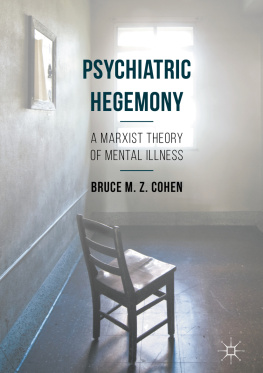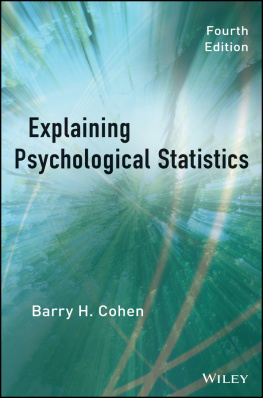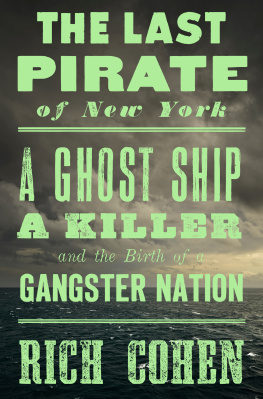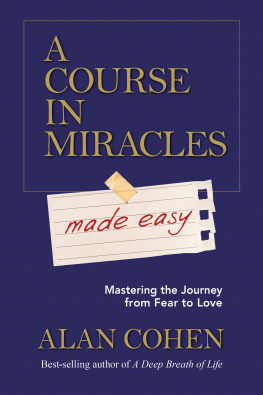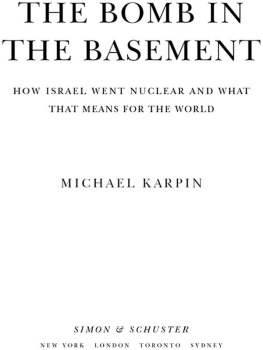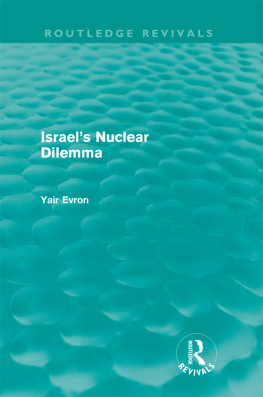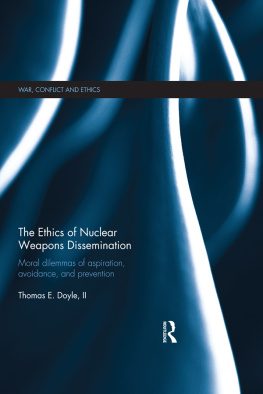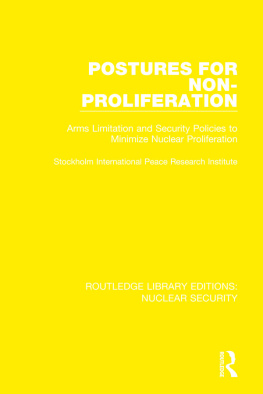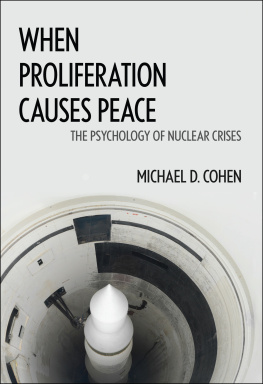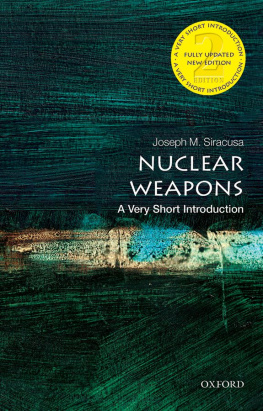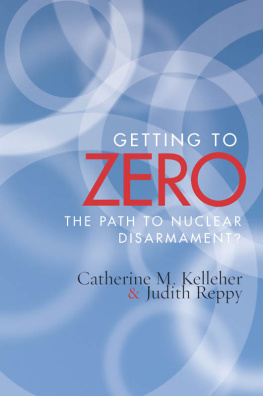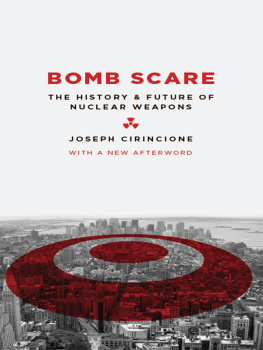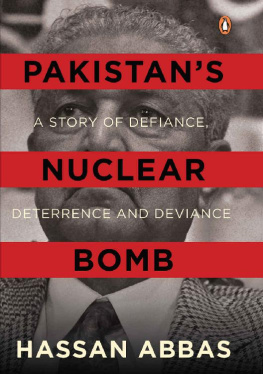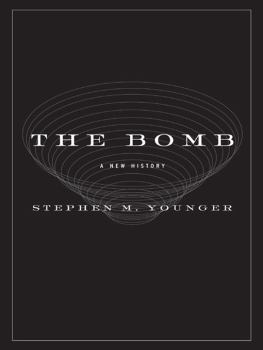ISRAEL AND THE BOMB
ISRAEL AND THE BOMB
Avner Cohen
Columbia University Press
NEW YORK
Columbia University Press
Publishers Since 1893
New York Chichester, West Sussex
cup.columbia.edu
Copyright 1998 Columbia University Press
All rights reserved
E-ISBN 978-0-231-50009-8
Library of Congress Cataloging-in-Publication Data
Cohen, Avner, 1951
Israel and the bomb / Avner Cohen.
p. cm.
Includes bibliographical references and index.
ISBN 0231104820ISBN 0-231104839 (pbk.)
1. IsraelMilitary policy. 2. Nuclear weaponsIsrael.
I. Title.
UA853.I8C62 1998
355.0217095694dc21 983402
A Columbia University Press E-book.
CUP would be pleased to hear about your reading experience with this e-book at .
I n memory of my father, Tuvia Cohen,
whose concern has become my own
CONTENTS
T he seeds of this study were planted about a decade ago in a long theoretical article I wrote with Benjamin Frankel. In that article we elaborated on the term nuclear opacity as an explanatory ideal-type concept to account for the conduct of second-generation nuclear proliferators. By nuclear opacity we meant a situation in which the existence of a states nuclear weapons has not been acknowledged by the states leaders, but in which the evidence for the weapons existence is strong enough to influence other nations perceptions and actions. We argued that the term nuclear opacity captured more accurately the political reality of second-generation nuclear proliferators than other terms, such as nuclear ambiguity, covert proliferation, or latent proliferation, then in use to describe the phenomenon.
In 1989 I was awarded a Research and Writing Grant from the John D. and Catherine T. MacArthur Foundation, entitled Israels Invisible Bomb: Culture, Politics, and the Non-Proliferation Norm, to study domestic (that is, political, social, and cultural) dimensions, as well as regional and global policy aspects, of Israels nuclear opacity. My initial research design did not provide a historical background, since I did not believe then that the pertinent documents would be available.
I joined the Center of International Studies at MIT as a visiting scholar in May 1990 and was preparing to begin the research when my plans changed as a result of the Iraqi invasion of Kuwait, the ensuing crisis and Gulf War, the establishment of the UN Special Commission on Iraq, and the renewed Middle East peace process. These developments, because of their bearing on the nuclear question in the Middle East, changed the direction of my research. In 199192, while I codirected the MIT Project on Arms Control in the Middle East, I wrote and published numerous policy-oriented working papers and op-ed articles. I also began to write a book, with Marvin Miller of MIT, on nuclear weapons proliferation in the Middle East.
By 199293 I came to two realizations about my research. First, I became convinced of the importance of understanding the evolution of Israels nuclear opacity. I concluded that Israels nuclear past was not only fascinating for historians, but that it also constrained the possibility of future arms control in the Middle East in ways that are not often appreciated by analysts and policy makers. Second, I discovered that archival material was becoming available to reconstruct the political history of Israels nuclear weapons program.
These realizations changed the projects focus and methodology. It became primarily historical, focusing on the origins and evolution of Israels nuclear opacity. The method is historical reconstruction and interpretation. The materials are mainly primary sources: declassified archival materials, oral testimonies, memoirs, and press clippings. Much of the archival material I discovered in Israel, the United States, and Norway is presented here for the first time.
On the Israeli side, the Israel State Archives (ISA) in Jerusalem, in accord with its thirty-year declassification policy, has opened almost all the Foreign Ministrys documents (cataloged under Foreign Ministry Record Groups, or FMRG) for the period before 1966. There I also discovered most of the correspondence on nuclear issues between President John F. Kennedy and Israeli Prime Ministers David Ben Gurion and Levi Eshkol.
Other Israeli archives were also useful. Many of Ben Gurions personal diaries and letters have been declassified and are now available at the David Ben Gurion Archive (DBGA) at the Ben Gurion Research Center at Sdeh Boker. In the Weizmann Institutes archives in Rehovot I found documents on the birth of the nuclear physics department at the Institute and the break, in the early 1950s, of several Israeli nuclear physicists with the Ministry of Defense. In the nearby Yad Chaim Weizmann Archive I found documents referring to Ben Gurions scientific adviser and the founder of the Israel Atomic Energy Commission (IAEC), Ernst David Bergmann.
The remaining portion of this research was conducted in the United States, since Israels nuclear opacity was a result of a symbiotic American-Israeli effort to respond to their respective concerns about nuclear weapons and proliferation. In the last few years most of the American documents relevant to the evolution of Israels nuclear opacity have been declassified, covering the period until 1970. Until then most of the relevant archival material was either sanitized or unavailable. In 1992 Virginia Foran of the Carnegie Endowment for International Peace and I submitted a series of Freedom of Information Act (FOIA) requests for the correspondence between Kennedy and Ben Gurion, and between Kennedy and Eshkol. By November 1995 we had received most of the requested documents. Now much of that correspondence is declassified and presented here for the first time.
Since March 1994 the Lyndon B. Johnson Library (LBJL) in Austin, Texas, has kept me informed on newly declassified material. In 1995 I obtained declassified documents regarding the Eisenhower administrations reaction to Dimona from the Dwight D. Eisenhower Library (DDEL) in Abilene, Kansas. During my visits in 199697 to the United States National Archives (USNA) in College Park, Maryland, I found new information about the American visits to Dimona in the 1960s.
In addition to accessing recently declassified documents, I trace Israels nuclear history through an interpretation of veiled references to the nuclear projects contained in published materials. Thus Munya Mardors little-known book, RAFAEL, published in Hebrew by the Ministry of Defense, contains authoritative testimony on how Israel moved toward what he calls the age of the Big Projects. Much of Mardors story can be read as a firsthand account of the early history of Israels nuclear program.
Over the years Shimon Peres has written and spoken much, if only elliptically, about his role in Israels nuclear project. In his 1995 memoirs Peres discusses the subject more openly, elaborating on his role as the projects chief executive (it became my responsibility to decide what could be done and what could not). His account is self-serving and selective, but it provides an eyewitness account of the man who ran the project in its formative period.
Without access to the files of the Israeli Atomic Energy Commission (IAEC), Ministry of Defense, the Prime Ministers papers on nuclear issues, the minutes of cabinet meetings, and the like, critical evidence on the Israeli decision-making process is still missing. This is a serious limitation on this study. I tried to compensate by conducting more than 150 interviews with key individuals in Israel, the United States, and France. Several of these interviews were quite extensive; spanning the course of several days.


